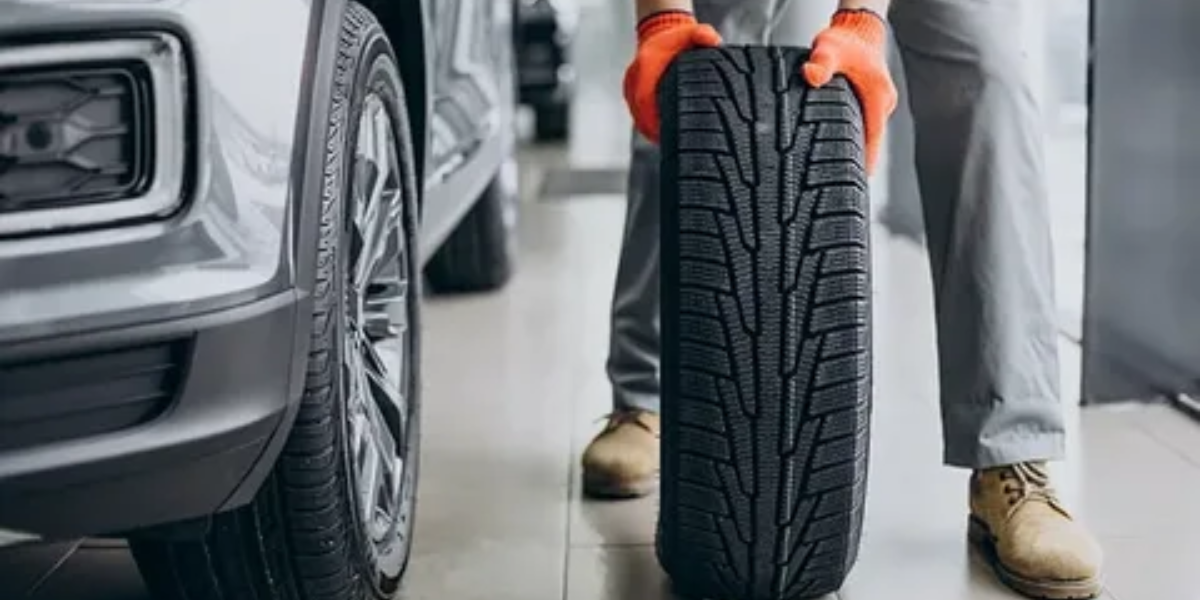How Can Tyres Reduce Your Carbon Footprint?

Believe it or not, tyres can help reduce the carbon footprint of your car. Dozens of studies over the years have shown that cars are one of the biggest contributors to air pollution. The smoke that comes out of the exhaust system of your car is lethal to the environment. This is because cars rely on fossil fuels such as petrol and diesel to run. However, in recent years, as the world has become more aware of greenhouse gas emissions, and started to find alternative, clean energy, many solutions have become the norm in the automobile industry.
Reducing the carbon footprint by relying on car tyres is one of them. This is done by lowering the rolling resistance of the tyres, which in turn reduces the amount of fuel burned by the car. To understand more about rolling resistance and how tyres can help reduce the carbon footprint of vehicles, you should read the following blog.
What Is Rolling Resistance?
When you buy Continental Tyres in UK, you must have at least heard the term rolling resistance, either as a part of marketing or through your own research. If you do not know, it is the resistance offered by the tyres when the engine tries to apply force on them to make them roll. This resistance is inherent to objects.
Thus, the more rolling resistance a tyre has, the more force your car’s engine has to exert, which will result in its burning more fuel. In simple words, rolling resistance is the energy lost in moving tyres while driving. Hence, the less resistance tyres have, the less energy will be lost.
So, when you use low-rolling resistance tyres, you end up burning less fuel. This is something beneficial to not only your wallet but also the environment. This also gives you an idea of how tyres can be used to reduce your carbon footprint. Simply, by using low-rolling resistance tyres you can contribute to the environment. Agreeing with this sentiment, most tyre manufacturers have started paying extra attention to how their tyres are designed and manufactured to ensure their rolling resistance is as low as possible.
Does Rolling Resistance Contribute To CO2 Emission?
Although we have already stated, rolling resistance matters a lot. Depending on how resistant your tyres are, you can either contribute to more CO2 emissions or reduce the overall carbon footprint of cars. Despite being one of five forces that need to be overcome for a tyre to move, rolling resistance is responsible for at least one-third of a car’s total fuel consumption. Hence, by using lower rolling resistance tyres, you can easily reduce the overall carbon footprint. Just imagine millions of cars using low-rolling-resistant tyres; the overall impact on the environment would also be huge.
Factors That Determine The Rolling Resistance Of Tyres
Then, the question stands: what are the factors that determine the rolling resistance of a tyre and is there anything a car owner can do to help lower it further? We have listed these factors here; take a look:
Tread Design And Tyre Construction
The very first thing that directly impacts the rolling resistance of a tyre is its design and construction. Typically, the tread of a tyre provides traction to improve road grip. However, this is possible due to friction, which is yet another force that works against the tyres and prevents them from moving.
So the better traction a tyre provides, the higher its rolling resistance will be. But this doesn’t mean you should use a bald tyre (i.e. a tyre that has a worn-out tread or that has a poor tread design) because this will easily lead to accidents. The best tyres will be the ones that strike a balance between traction and rolling resistance.
Rubber Compound Used
Next, you must have noticed the rubber quality when you Buy Tyres. Typically, tyres are made using a rubber compound that is a mixture of synthetic and natural rubber. So, based on the ratio of natural rubber to synthetic rubber, a tyre can either be soft or hard. Harder tyres are not only rather durable but also offer low rolling resistance. This is because they have poorer traction. On the other hand, if you use softer tyres, they would offer excellent road grip but a rather higher rolling resistance.
Tyre Pressure
When it comes to tyre pressure, you should know that both underinflated and overinflated tyres will be bad, as they will both have a rather high rolling resistance. Unlike popular misconceptions, an overinflated tyre won’t have lower resistance. So, you should ensure that your tyres have the required air pressure and that they are inflated properly to encounter optimal rolling resistance.
Load On Tyres
Yes, the load on your tyres also plays a crucial role in their rolling resistance. This is something you can control. If you look carefully, every tyre comes with a symbol that provides information regarding its specifications, which includes its load index. This is basically the ability of a tyre to wear weight without any incidents. Thus, when you overload your vehicle, the tyres come under extra stress and require more energy to move due to the increase in rolling resistance.
Wheel Alignment And Suspension
Lastly, the wheel alignment and your car’s suspension also impact the rolling resistance of your tyres. The wheels of a car are angled optimally, to ensure minimum resistance. However, with use, due to issues with suspension and other factors, your wheels can get misaligned. Even a small deviation in the angles can easily cause your tyres to become more resistant to movement, which will not only increase your fuel expenditure but also cause issues with the steering.





